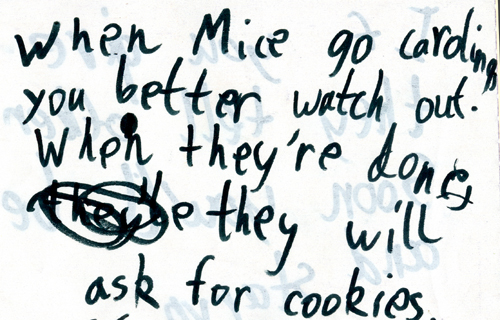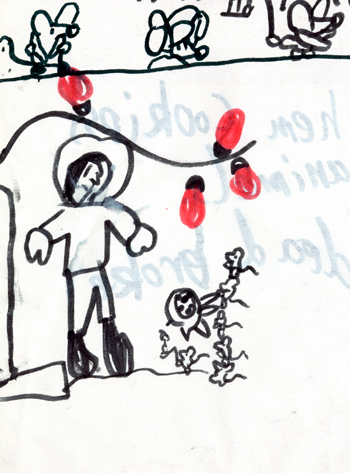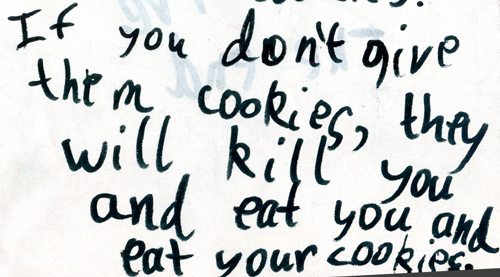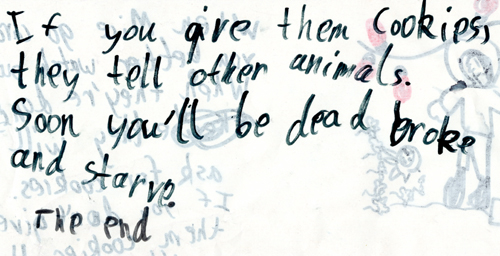I have been following the discussions at DrugMonkey’s and PhysioProf’s blogs (here, here, here, here, and here) about apparent parallels between arguments offered to defend gun-ownership and arguments offered to defend dog-ownership, particularly when it comes to dogs of breeds that have been identified (rightly or wrongly) as “more dangerous” or at least capable of inflicting more harm in a hurry (like, perhaps, assault weapons or guns with big clips). The back-and-forth in these discussions has been heated, as you might imagine. There’s at least the appearance of lots of people talking past each other, disagreeing about what should be counted as credible sources of evidence, even disagreeing about what questions are relevant to the central thing they thing they’re discussing (and, on account of that disagreement, either pressing for answers or refusing to answer).
It’s the kind of back-and-forth where you might hope (if you’re optimistic about the power of rationality, and about people’s commitment to arguing in good faith, and that smart people are open to the possibility of critically examining their own stands and changing those stands when the facts warrant it) that someone could come in and lay out the logical structure of what’s in dispute, with Ps and Qs (rather than pitbulls and assault rifles) and everyone could step back and say, “Hmm, I’m not sure I’m as committed to that stance as I thought I was,” or, “OK, when you put it that way, I see your point,” or, “Now I see what’s wrong with that analogy.” If you’re an optimist with training in analytic philosophy, you might even roll up your sleeves and try to reconstruct the logic of the arguments yourself, including pinning down the implicit premises on both sides, and then try to offer a diagnosis for why the sides are talking past each other.
Yeah, I was going to try to do this. In fact, I’ve tried to dig into it half a dozen times already.
But honestly, every time I attempt to pull back to a position at a sufficient critical distance to offer a clear, analytic view, my brain hits me with the equivalent of the spinning beach ball of death. (I am really not kidding about having serious Mac neural patterning.)
And, it’s not that I don’t think there are logical arguments being offered on each side. It’s not that I don’t think it would be possible to reconstruct the claims with Ps and Qs, nor to tease out implicit premises and ask folks whether they endorse them or not. It’s not even that I have a dog (or a gun) in the race myself. I just have this strong hunch that none of it would actually make any difference to the people having the argument, so why bother doing all that work?
But, as you might imagine, this puts a dent in my optimism.
As a practical matter, we need to figure out how to share a world with people whose sentiments about dogs, or guns, or personal freedoms, or the importance of minimizing harms to others differ from our own. Figuring out how to discuss this stuff productively with each other might help us. But somehow our sentiments, especially when it comes to dogs, and guns, and personal freedoms, and the importance of minimizing harms to others, are really strong and resistant to critical examination, to the point of making us fighty.
Is this just how humans are (and analytic philosophers have been misled by their Vulcan mentors)? Or is there something particular about dogs, guns, personal freedoms, and the potential for harm to others that throttles our brains and puts us in the fighty place?













